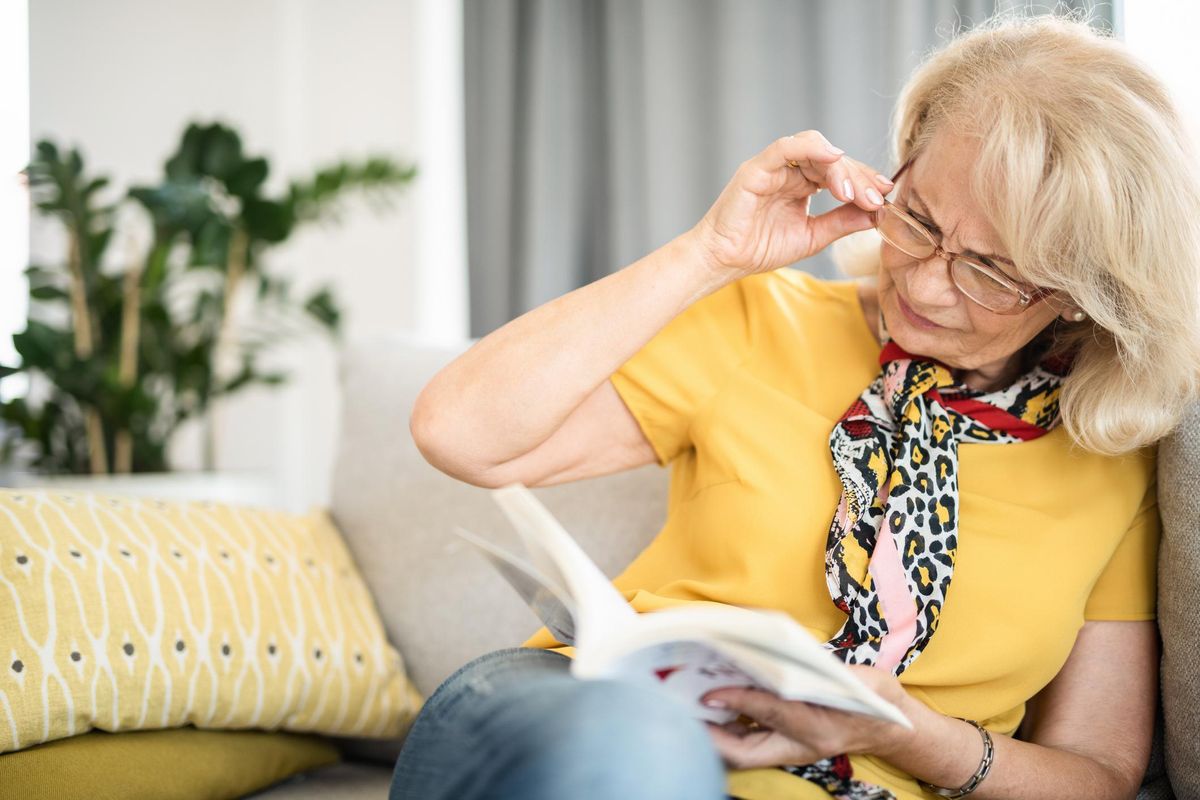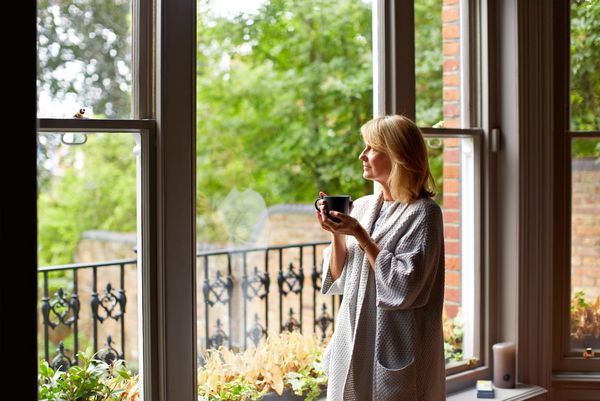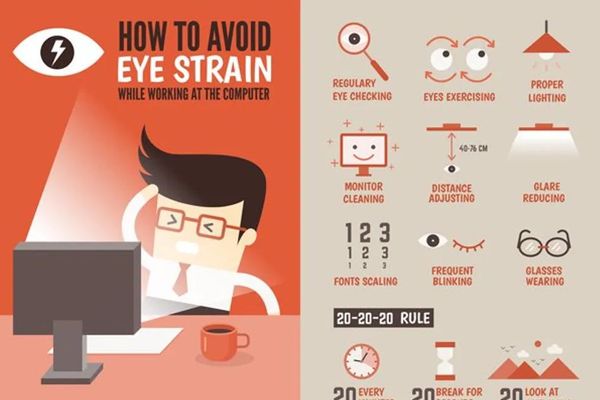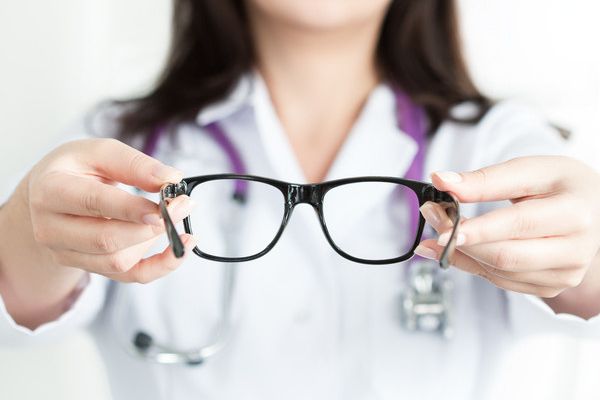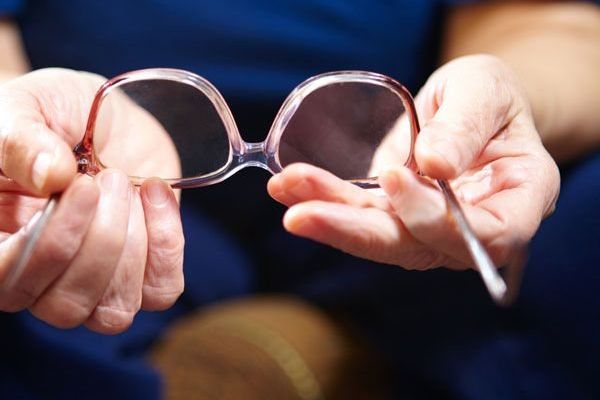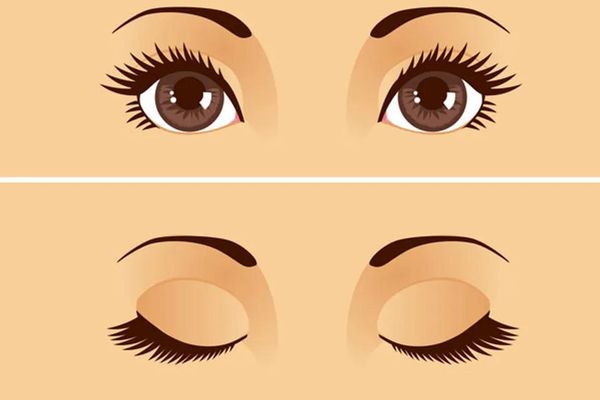I think I need a larger handbag. Lately, when we go out to a restaurant, my husband not only asks me to hold his wallet and tissues but his reading glasses. But then what happens next is a strange phenomenon. When we get to the restaurant and it's time to read the menu, like Pinocchio's nose, his arm starts to grow longer.
"Do you want your reading glasses?"
"Nah, it's OK."
"But you're holding the menu so far away. Why don't you use them?"
"Oh, I can see. It's just a little dark in here."
Call it denial, but the man needs to face the fact that like everyone else, as we age, our eyes age along with us. The lens of the eye becomes harder and less elastic. Gradually, we are unable to see and focus on objects close up. The result? A "condition" called presbyopia.
By no means is it something to be ashamed of. If you start hanging around with other people in their 40s, 50s and up, I can guarantee that very few will be without their handy helpers. And if they are, they're probably missing a lot or asking someone else to read the menu to them.
I started wearing glasses in my 20s when, in college classes, the blackboard became more and more difficult to see. And moving up to the front row no longer would suffice. I could still read close up without glasses, but I needed them for distance. Gradually I switched to contact lenses. Fast forward to my mid-40s, when during a visit to my eye doctor, I complained of having trouble reading. He told me what I already knew but was reluctant to admit: it was time for reading glasses.
My local drugstore held the answer. For about 10 bucks, I could get by. I stocked up on these nonprescription over-the-counter reading glasses with a low number (I think I started at 1.0. I'm up to 2.0 now), but not before I asked all my reading-glasses friends for advice. It's really quite easy to figure out, but in case you're stumped, here are some tips for picking out your first readers:
- Try different powers (the least powerful are labeled +1.00, with increasing increments up to the highest, which is +4.00). This number corresponds to the degree of magnification, or power.
- Pick up an aspirin bottle (or any other over-the-counter medication—most labels have teeny-tiny print) and try out the glasses.
- Hold the reading material about 14 to 16 inches in front of your face.
Things get a bit more complicated if you already wear glasses to correct nearsightedness, farsightedness or astigmatism or if the drugstore versions are not strong enough. Then it might be time for plan B:
Prescription reading glasses. If you need something stronger than +4.00 power, you can wear these for reading only, if you have no other vision problems.
Bifocals. These correct your vision two ways: a visible horizontal line (or ones without a line, called progressive bifocals), separates your distance vision which is at eye level, from your reading correction, which is on the bottom.
Trifocals. Yes, eventually it might get to this. I'm there now, but fortunately I had no problem adjusting to the three corrections the lenses hold: one for close work, one for middle distance (perfect for working on my computer) and one for distance. The lenses I chose have no visible lines, which is a nice way of hiding the fact that my eyes have gotten to this point.
And although I do wear contact lenses when I am not wearing my glasses, I still need (reading) glasses, since my contact lenses only correct my far vision. But there are ways to avoid the need for glasses with contacts with monovision contact lenses. One eye (your dominant eye, or the one you usually use when you're aiming a camera to take a photo) wears a contact lens for distance, while the nondominant eye wears one for close-up vision. Personally, I tried this and it made me feel as if I was on a rocking ship, but I know lots of people who love the way it works.
There you have it. Another thing I am trying to cope with, besides needing a larger handbag, is the fact that sometimes I think people I know are snubbing me when they look right at me and don't say hello.
But before I get paranoid or insulted, I have to stop and remind myself about something. It's likely that they, like my husband, are not wearing their glasses either.
And compliments of Harvard Medical School, here are some of the most common eye myths and misconceptions:
5 common eye myths dispelled
1.Myth: Doing eye exercises will delay the need for glasses.
Fact: Eye exercises will not improve or preserve vision or reduce the need for glasses. Your vision depends on many factors, including the shape of your eye and the health of the eye tissues, none of which can be significantly altered with eye exercises.
2.Myth: Reading in dim light will worsen your vision.
Fact: Although dim lighting will not adversely affect your eyesight, it will tire your eyes more quickly. The best way to position a reading light is to have it shine directly onto the page, not over your shoulder. A desk lamp with an opaque shade pointing directly at the reading material is the best possible arrangement. A light that shines over your shoulder will cause a glare, making it more difficult to see the reading material.
3.Myth: Eating carrots is good for the eyes.
Fact: There is some truth in this one. Carrots, which contain vitamin A, are one of several vegetables that are good for the eyes. But fresh fruits and dark green leafy vegetables, which contain more antioxidant vitamins such as C and E, are even better. Antioxidant vitamins may help protect the eyes against cataract and age-related macular degeneration. But eating any vegetables or supplements containing these vitamins or substances will not prevent or correct basic vision problems such as nearsightedness or farsightedness.
4.Myth: It's best not to wear glasses all the time. Taking a break from glasses or contact lenses allows your eyes to rest.
Fact: If you need glasses for distance or reading, use them. Attempting to read without reading glasses will simply strain and tire your eyes. Using your glasses won't worsen your vision or lead to any eye disease.
5.Myth: Staring at a computer screen all day is bad for the eyes.
Fact: Although using a computer will not harm your eyes, staring at a computer screen all day will contribute to eyestrain or tired eyes. Adjust lighting so that it does not create a glare or harsh reflection on the screen. Also, when you're working on a computer or doing other close work such as reading or needlepoint, it's a good idea to rest your eyes briefly every hour or so to lessen eye fatigue. Finally, people who stare at a computer screen for long periods tend not to blink as often as usual, which can cause the eyes to feel dry and uncomfortable. Make a conscious effort to blink regularly so that the eyes stay well lubricated and do not dry out.
Other suggested reading: Do You Have Computer Vision Syndrome?.

